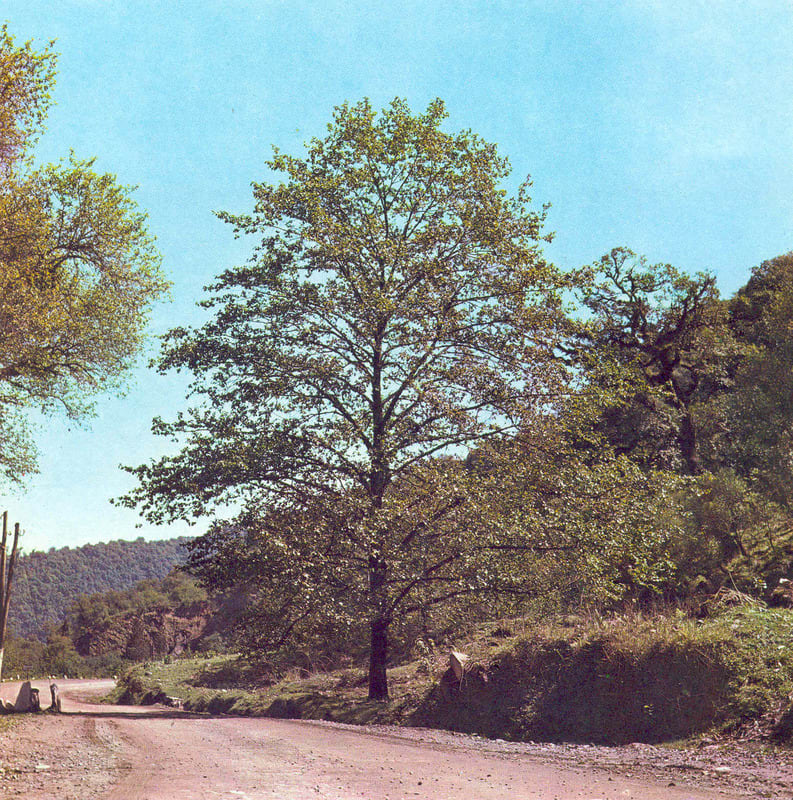
🌿 Morphology
🌞 Growing conditions
🌍 Origin and family
🌾 Uses
Warning: Despite the care taken in writing this sheet, it is essential to cross-reference sources before using or consuming any plant. When in doubt, consult a qualified professional
Permaculture uses
Andean Alder is used for erosion control, soil improvement through nitrogen fixation, and as a windbreak. The wood is a good source of firewood and can be used for light construction. It can also provide habitat and food for wildlife. While not commonly eaten, young leaves can be used as a livestock fodder source.
Permapeople description
Alnus acuminata is a species of alder native to the Andes Mountains in South America. It is a fast-growing tree that can reach heights of up to 30 meters. It is often used for reforestation and erosion control.
Botanical description
Alnus acuminata is a deciduous tree reaching heights of 10-25 meters. It has a straight trunk and a rounded crown. The bark is smooth and gray-brown when young, becoming fissured with age. Leaves are alternate, simple, elliptical to ovate, acuminate at the apex, and serrated along the margins, typically 5-12 cm long. The tree is monoecious, bearing separate male (catkins) and female (cones) flowers on the same plant. The fruit is a small cone-like structure containing winged seeds that are dispersed by wind. It thrives in moist soils at high altitudes.
Companion planting
Alnus acuminata is a nitrogen fixer, making it a beneficial companion for plants that require nitrogen-rich soils. Avoid planting near plants susceptible to root competition due to its vigorous root system. It pairs well with species needing shade in hot climates.
Propagation methods
Propagation can be achieved through seeds, cuttings, and root suckers. Seed propagation requires stratification to break dormancy. Cuttings should be taken from semi-hardwood in late spring or early summer. Root suckers can be separated from the parent plant.
History and traditions
In Andean cultures, Alnus acuminata has been used traditionally for various purposes, including construction, firewood, and medicine. It has been associated with fertility and rain in some indigenous beliefs. The tree's ability to fix nitrogen in the soil has long been recognized, making it valuable for improving agricultural land.
Usage calendar
Flowering occurs from August to November. Seed dispersal takes place during the dry season, from December to March. Planting is best done during the rainy season, from March to May. Pruning should be done in late winter or early spring before new growth begins.
